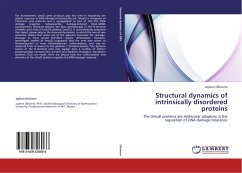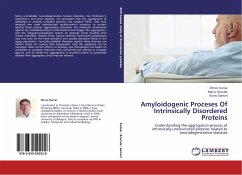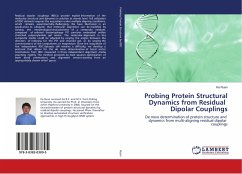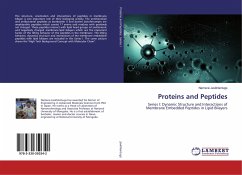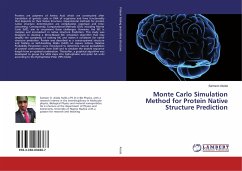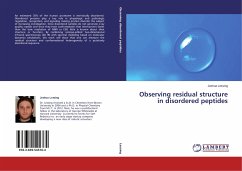
Observing residual structure in disordered peptides
Versandkostenfrei!
Versandfertig in 6-10 Tagen
37,99 €
inkl. MwSt.

PAYBACK Punkte
19 °P sammeln!
An estimated 35% of the human proteome is intrinsically disordered. Disordered proteins play a key role in physiologic and pathologic regulation, recognition, and signaling making protein disorder the subject of increasing investigation. Since disordered samples do not generate x-ray quality crystals and since they have conformations that interconvert faster than the time resolution of NMR or ESR, little is known about their structure or function. By combining isotope-edited two-dimensional infrared spectroscopy (2D IR) with spectral modeling based on molecular dynamics simulations, this work ...
An estimated 35% of the human proteome is intrinsically disordered. Disordered proteins play a key role in physiologic and pathologic regulation, recognition, and signaling making protein disorder the subject of increasing investigation. Since disordered samples do not generate x-ray quality crystals and since they have conformations that interconvert faster than the time resolution of NMR or ESR, little is known about their structure or function. By combining isotope-edited two-dimensional infrared spectroscopy (2D IR) with spectral modeling based on molecular dynamics simulations, this work will show that one can measure the residual structure and conformational heterogeneity of a putatively disordered sequence.



